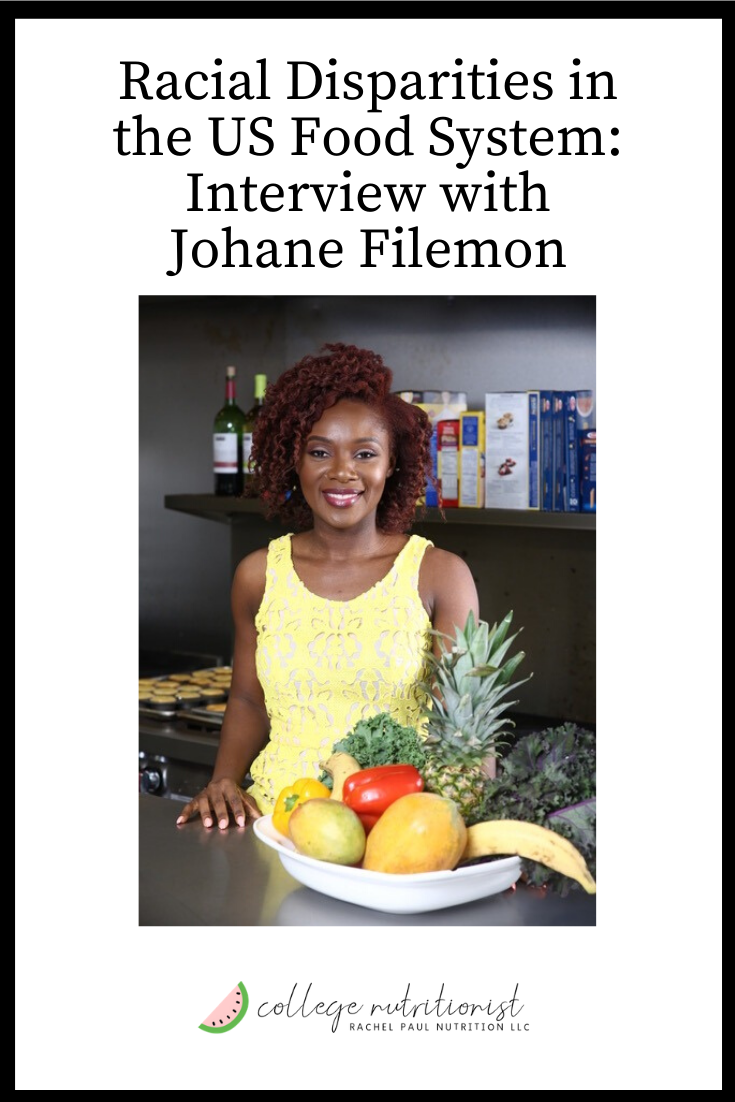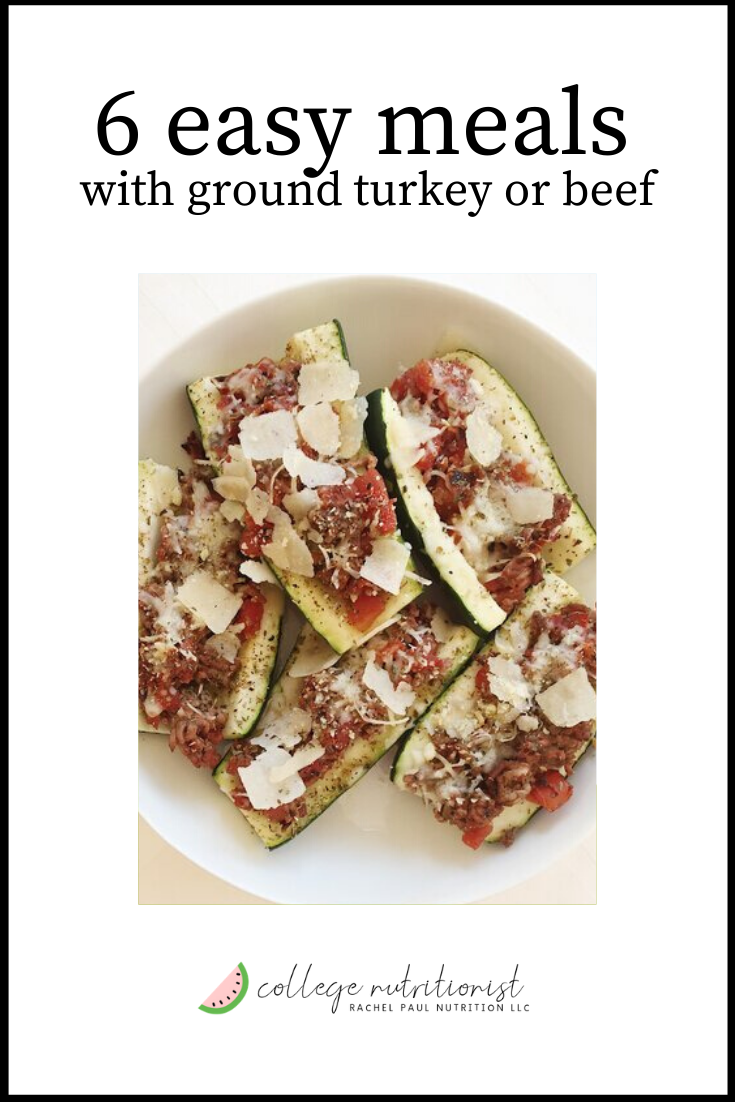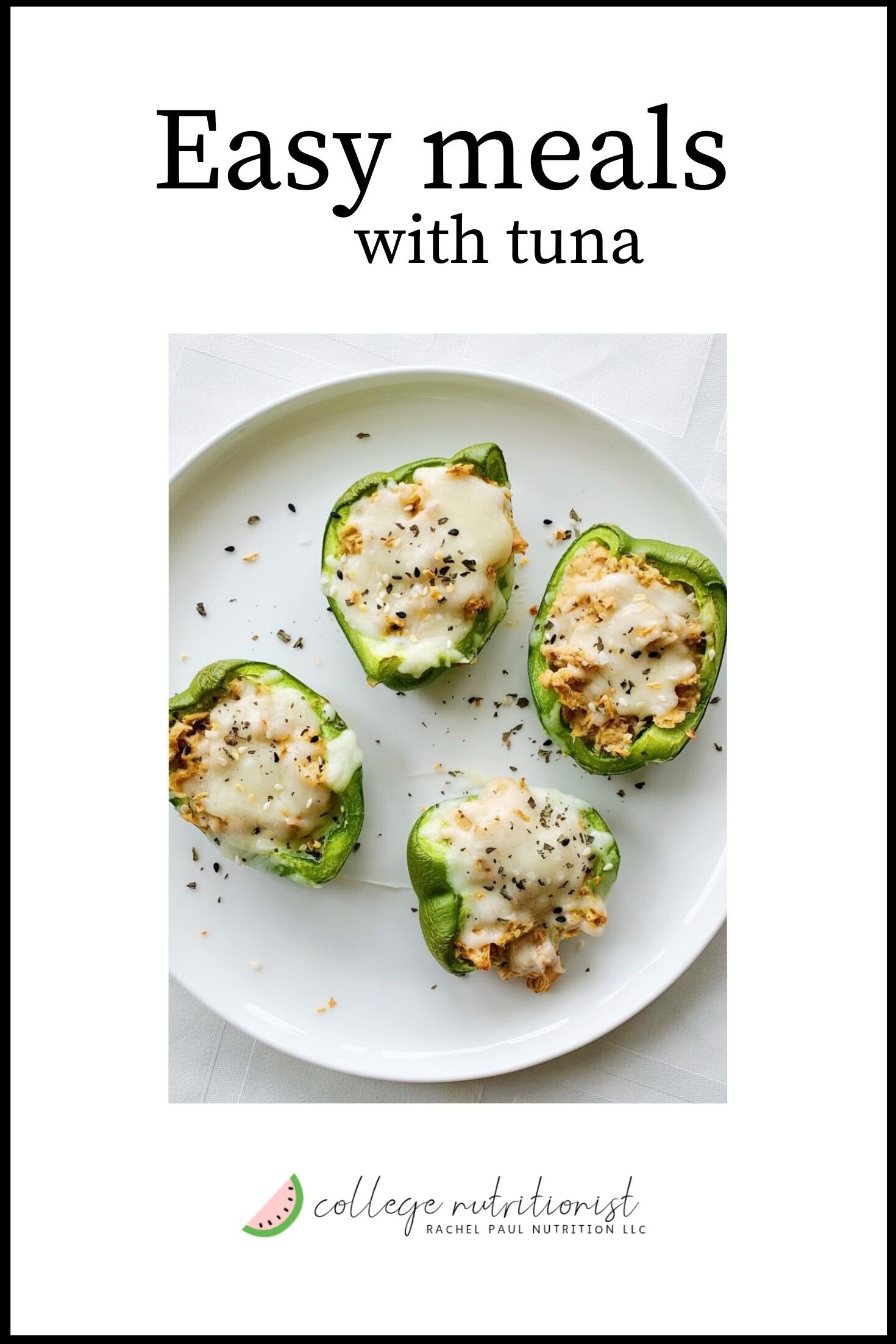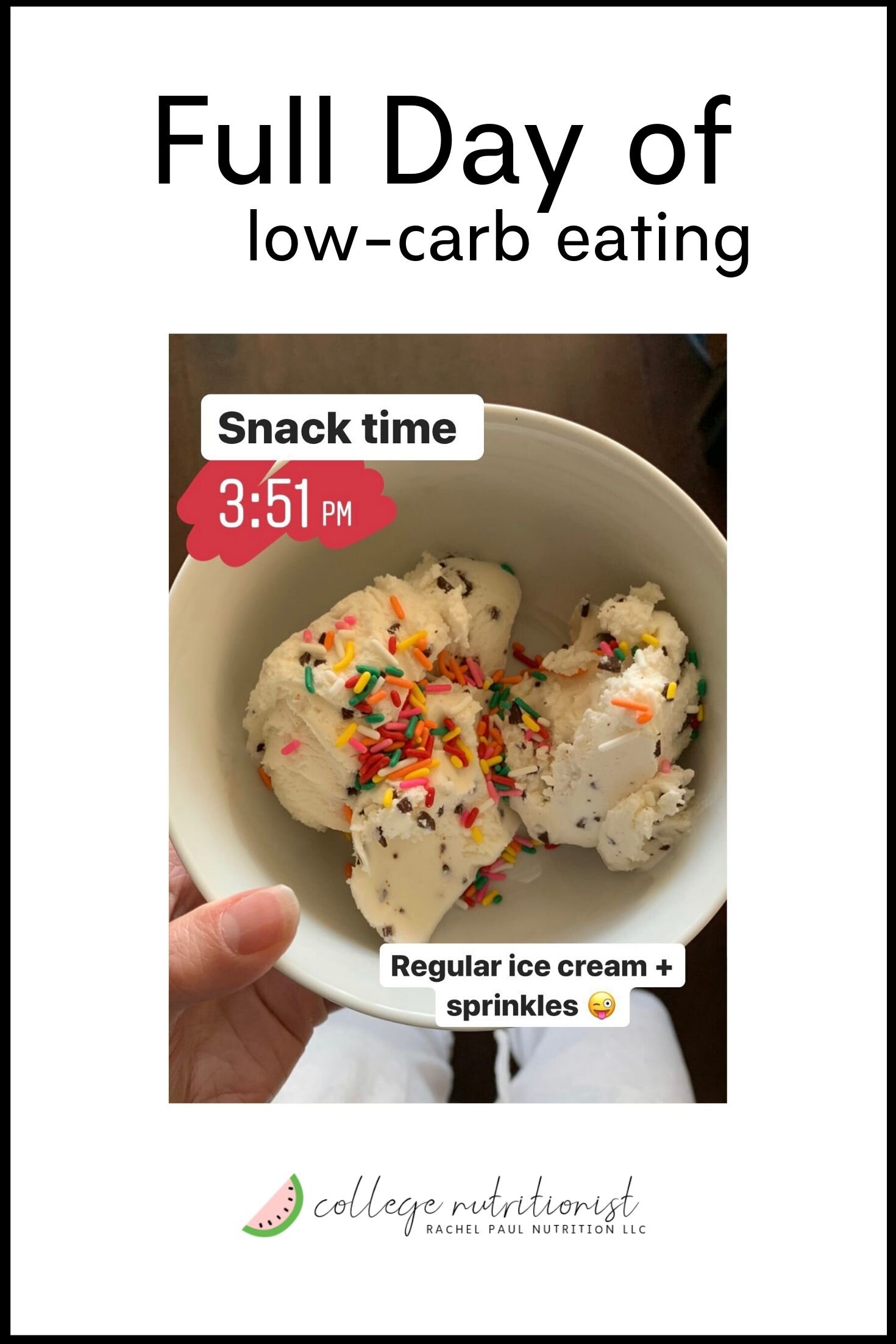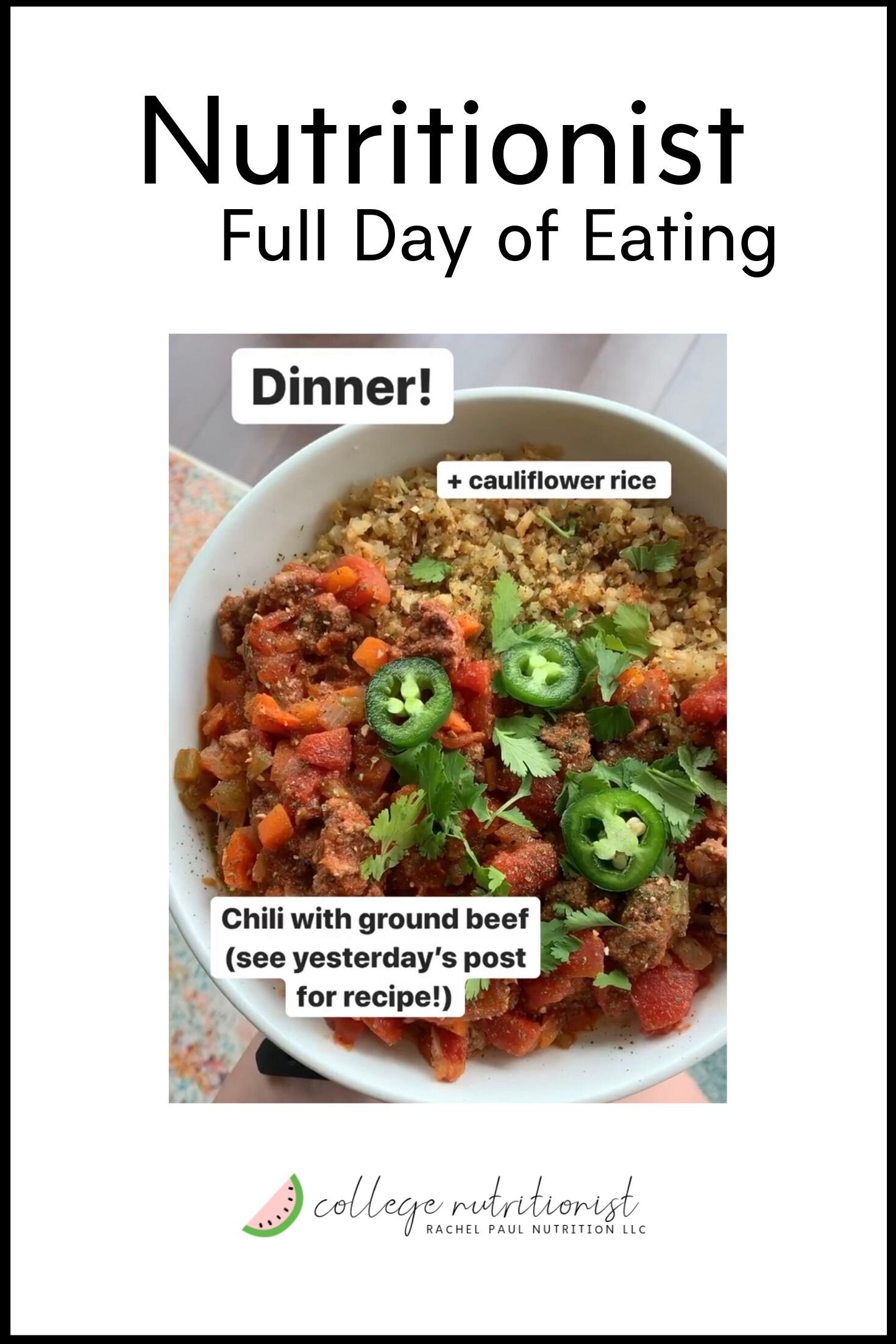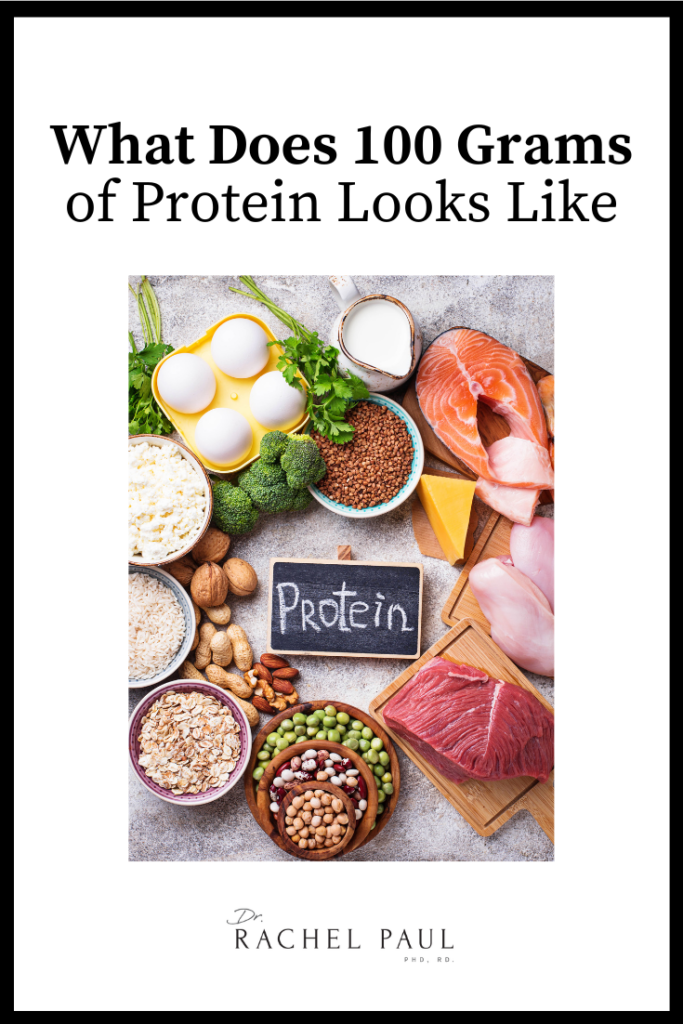Food access and health disparities are incredibly important to bring to light, so we can make changes. I talked with Johane Filemon from Wonderfully Nutritious about race & health disparities, and what steps we can take to improve our communities.
Johane Filemon’s Bio
Johane M. Filemon, MS, RDN, CLT, founder of Wonderfully Nutritious, is a Registered Dietitian with over 15 years of experience in the field of Nutrition. Johane holds bachelor’s degrees in Exercise Science and Dietetics, and a master’s degree in Food and Nutrition Science. Aside from helping others meet their health goals, Johane enjoys cooking, traveling and spending time with her family.
Racial Disparities in the US Food System: Interview with Johane Filemon
How would you define “racial disparities”?
Disparities are gaps or significant differences that can occur between groups due to socioeconomic status, age, location, gender, disability and even sexual orientation. When it comes to racial disparities and racial inequality these gaps are often related to socioeconomic status which then affects access to quality health care and quality food. The race suffering from the disparity will be noted as the race with more illness, disability or mortality compared to the other group.
What most people who are not impacted by health disparities often disregard is that these disparities are not only impacting one race of people but the country as a whole. The increase of preventable expenditures will continue if disparities continue as the country becomes more diverse.
What do “food insecurity” and “food inaccessibility” mean?
A Food insecure community has limitations or no access at all to food. This lack of access to nutrient dense foods and healthy foods increases the risks of comorbidities occurring in the people of that community. If the area is a food desert, this lack of access would be due to limited or non-existent grocery stores that would provide fresh or even frozen nutrient dense foods for purchasing.
What are the racial disparities in food and nutrition in the US?
Due to significant health disparities noted by the government, one of the goals of Healthy People 2010, was to reduce health disparities amongst the U.S. population. When 2010 came and this goal had not been met, Healthy People then made a new goal to completely eliminate health disparities in the United States between 2010 and 2020. We are now in the year 2020 and that goal has not been met. This is most likely due to that lack of racial inequality across the board regarding racial disparities.
You will find that communities where the socioeconomic status of the individuals residing there are high, grocery store chains are more available throughout the community, while areas with low socioeconomic status will most likely have more fast food chains and liquor stores available to them, which shows lack of food justice.
What can we do to reduce the racial disparities in food and nutrition in the US?
Truthfully, not one entity can solve this issue. It’s going to take changes at the local, state and federal levels for change to occur. The center for Disease Control has several plans in place to help with reducing and eliminating health, food and racial disparities, but as citizens of this country, we can’t depend on the government alone to help make the changes in our communities or neighboring communities.
Steps that can be taken:
1. Start a garden. You may think that you don’t have enough space to start a garden but you would be amazed at how little space it takes to grow food.
2. Start a bartering garden system where you and a few others in the neighborhood each choose 1-2 foods to grow and then exchange the harvest. If you have access to land where you can grow food, even that small change can count as food movement.
3. Starting a community garden. We are indeed living in the times of Covid-19 which makes community collaborations even harder. Getting together with your community to start a community gardens is one way to increase access to nutrient dense foods and healthy foods. You may have to start off with virtual meetings so that you can figure it all out before actually planting anything, but I still think it can be done.
What are the racial disparities in the wellness space?
I can specifically speak to the disparities I have seen within the field of dietetics. Black dietitians make up about 2.6% of the dietitians in the United States, which is another sign of lack of racial justice. I have had many clients who have come to me looking for an African American dietitian which they stated they had a hard time finding. The reason for them searching for a black dietitian is because they felt that they would be more understood by someone who looks like them.
I’ve had clients with all sorts of financial capabilities, cultural backgrounds and dietary histories. When speaking to a client you have to be able to understand their background fully and not make recommendations that can strip them of who they are and what they love. It is not sustainable to provide interventions that remove anyone’s culture. I think that this is a fear that POC have when searching for a dietitian.
What can we do to reduce the racial disparities in the wellness space?
Understand that not one person is the same as the next. Not one culture is the same as the next. We absolutely need more POC in the wellness space. This is one of the areas I can see a systemic change can be made, especially with dietetics. Dietetic programs need to be offered in more schools and more internships sites need to not only be available and affordable.
If you can remember one thing after reading this, it’s a movie quote that love I am always think of when explaining disparities. “The opposite of poverty is not wealth. The opposite of poverty is justice”. People are not asking for freebies and it’s not what is going to help the communities impacted by disparities. It’s certainly not what is going to keep communities thriving for generations to come. Being just and fair in the treatments that is received, and the acces
s to quality foods and quality health care. This is what is going to give the communities the true freedom they need and desire.
Contact Johane
Website: www.johanefilemon.com
Instagram: @wonderfullynutritious
Facebook: Wonderfully Nutritious By Johane
Email: Johane@wonderfullynutritious.com
Read More
